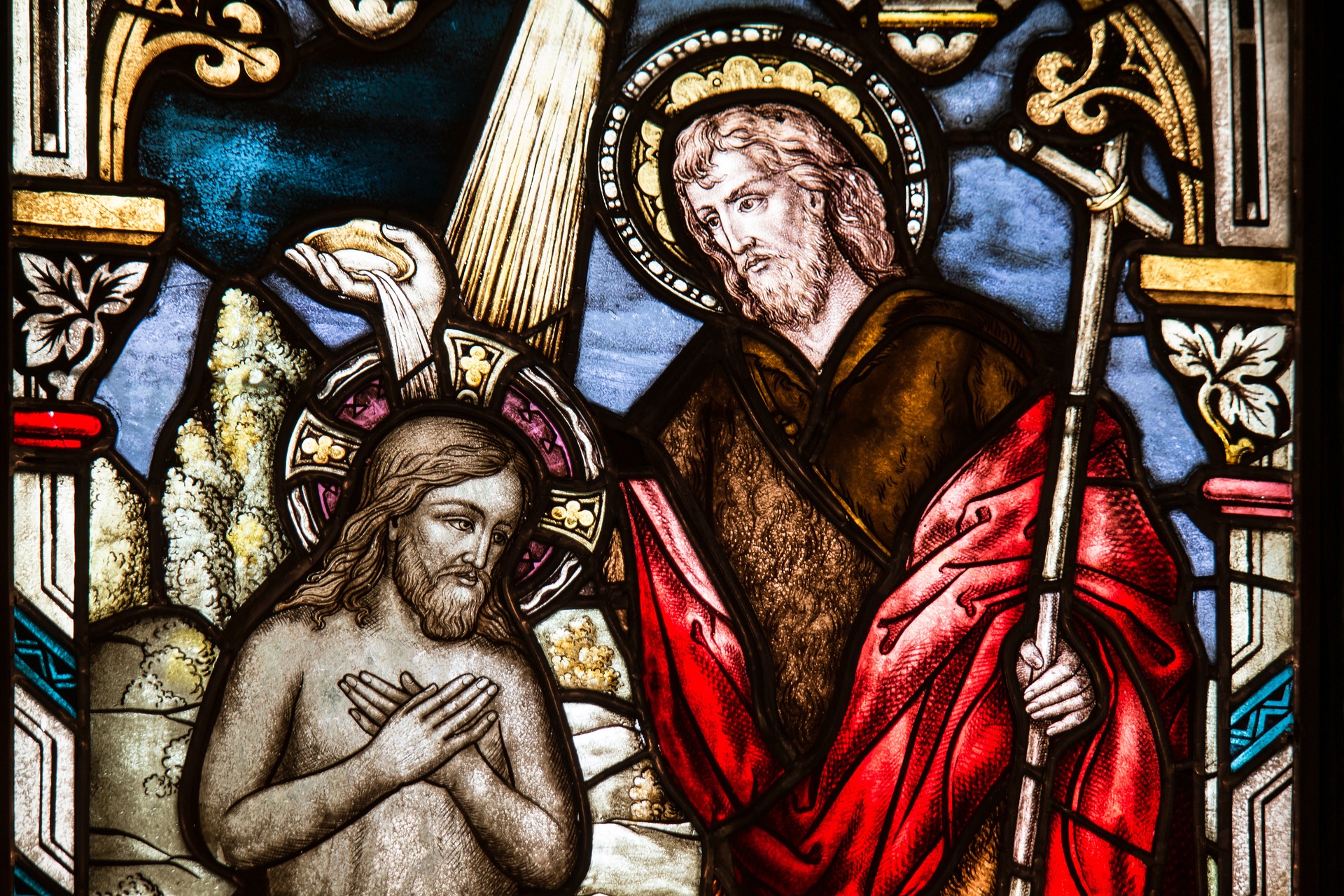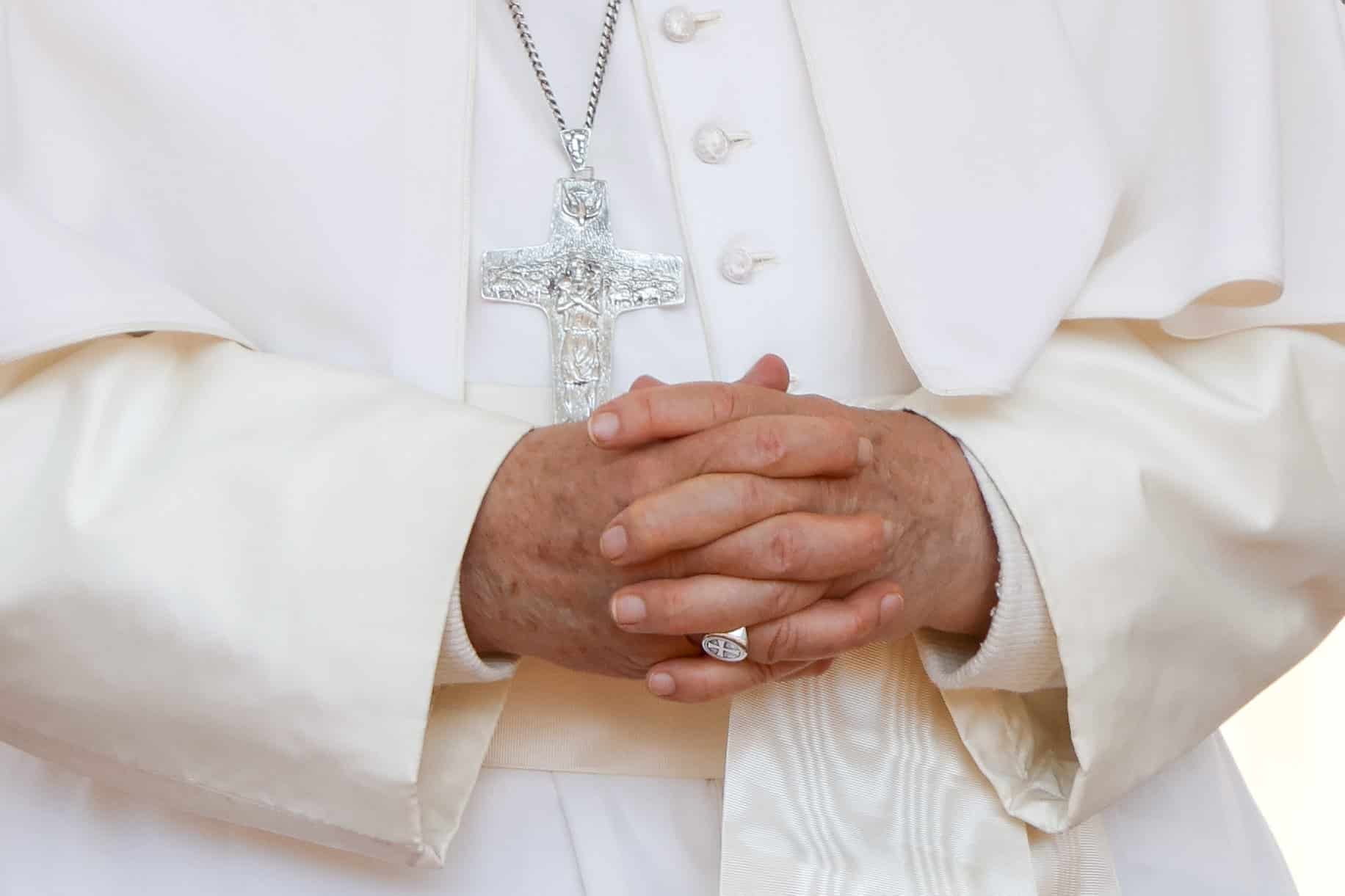The Catechism of the Catholic Church states that God made “him [Jesus] to be sin who knew no sin, so that in him we might become the righteousness of God” (602). What does this mean? How can the Son of God be sin?
I think that I understand why Jesus died for us, rose from the dead, and ascended into heaven. I grasp the reason for his suffering and its relationship with our lives—and how we should live them. What I don’t understand is the quoted text and what it should mean to me.
Yes, this is a puzzling text. The Catechism is quoting here 2 Corinthians 5:21, as the footnote indicates. In the New Jerome Biblical Commentary (NJBC), Jerome Murphy O’Connor, OP, writes: “This verse expands vv 18-19 by explaining the role of Christ in reconciliation. He made him sin who knew no sin: As Messiah (Is 53:9; Pss. Sol. 17:40-43; T. Jude. 24:1; T. Levi 18:9), Christ was acknowledged as sinless (Heb 4:15; 1 Pet 2:22; Jn 8:46; 1 Jn 3:5); yet through God’s choice (Rom 8:3) he came to stand in that relation to God which normally is the result of sin” (Charles Kingsley Barrett, The Second Epistle to the Corinthians, 1973).
O’Connor continues: “He became part of sinful humanity (Gal 3:13). So that we through him might become the righteousness of God: ‘Through God’s loving act in Christ, [we] have come to stand in that relation to God which is described by the term righteousness, that is, we are acquitted in his court, justified, reconciled’ (Barrett). Humanity is what it can and should be only as righteousness.”
At this point, the NJBC’s editors refer to sections 68-70 of that volume’s “Pauline Theology” article by Joseph Fitzmeyer, SJ. He writes that when “Paul says that Christ has ‘justified’ human beings, he means that by his passion, death, etc., Christ has brought it about that they now stand before God’s tribunal acquitted or innocent—and this apart from deeds prescribed by the Mosaic law.”
The footnote for section 602 of the Catechism also cites Philippians 2:7, which says that Jesus emptied himself to take the form of a slave. In the passage from 2 Corinthians, Paul may have been making an implicit reference to God’s command that Aaron, acting on behalf of the Hebrews, symbolically transfer their sins onto a goat that was then sacrificed (Lv 16:20-28).
After Jesus was crucified, died, and was buried, and then rose from the dead, the Christian community sought to explain the reason for this. Christians from a Jewish background would naturally consult it for assistance in understanding Christianity’s central event—and a potential obstacle to the spread of Jesus’s good news.
As I wrote in my “Dear Reader” column two months ago, some later theologians, such as Blessed John Duns Scotus, have cited Colossians 1:15 about God the Son as “the firstborn of all creation.” They have then asked: “Was the Incarnation always intended and was not simply God’s response to Adam and Eve’s sin?” Scotus wrote that the Incarnation, God’s greatest work, could not have been caused by human sin. That assertion has never been formally accepted or rejected by the Catholic Church.









4 thoughts on “How Could Jesus ‘Be Sin’?”
Please, in layman terms, how do you understand 1Corinthians 15:3? Reason I ask is because of an article I read from a Franciscan father that Jesus Christ did not come to die as a sacrifice for the sins of the world when my scripture quotes appears that He did. Please, would you kindly inform? Your response will be deeply appreciated at this time in my Christian journey with the God-man Jesus Christ my Lord and Savior. Thank you
Would you also comment regarding what it means by Jesus becoming sin for us; ” For He made Him who knew no sin to be sin for us, that we might become the righteousness of God in Him.” Thank you
2Corinthians 5:21
Leviticus 16:8-10, 16:21-22
In the Bible, the scapegoat was an act of impartation of sin onto another. In the Old Testament, a ceremonial event involving a goat by which the sins that burdened the Jewish people was imparted or lay onto a goat that was then released into the wilderness:
The scapegoat was part of the Yom Kippur Temple service, which began during the Exodus and continued through the times of the temples in Jerusalem.
Two male goats were chosen, one for the Lord and one for Azazel, an evil spirit or demon. The goat for Azazel was designated by lots. The Hebrew word for scapegoat then was, ăzāzêl, means “absolute removal”. The goat was symbolically cast aside as a way to get rid of wrongdoing (sin).
Application for Christians –
The scapegoat foreshadows Christ, who bore the sins of humanity and was crucified outside of the city which is a similitude of God making His Son to be sin for His people or anyone coming into that revelation.
The term “scapegoat” can also refer to an individual or group that is unfairly blamed for the actions of others. Thus the sins, our sins was imparted unto Jesus for the sacrifice for us. As displeasing this may be nevertheless, by humility we believe that God’s ways are not our and his thoughts are not like ours. We come to the cross in faith and receive forgiveness. For He became sin for us, our perfect sacrifice that we may become the righteousness of Christ.
James 1:12-15 states that “God cannot be tempted, nor does He tempt any man.” Jesus, being God Incarnate, would not, could not sin, because sin is against his very nature. I like the expression that Jesus Christ is “very God of very God, and very man of very man.” He is sinless, holy (not just innocent, but holy 100 percent). In Him there is no darkness.
I enjoyed and agree with your response. Thank you for this post!